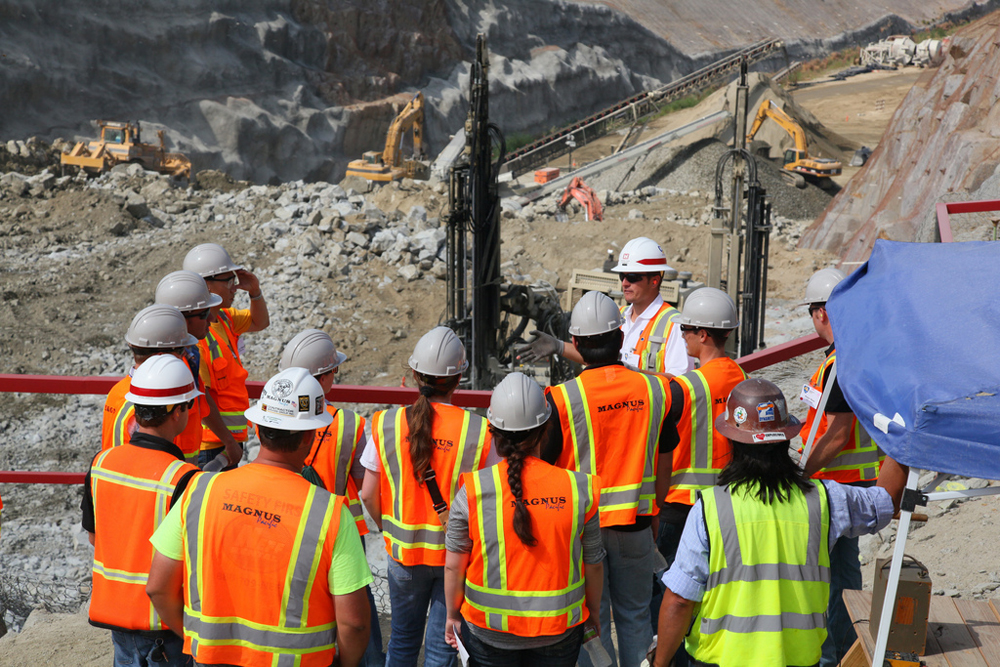| << Chapter < Page | Chapter >> Page > |

One of the ways that groups can be powerful is through inclusion, and its inverse, exclusion. The feeling that we belong in an elite or select group is a heady one, while the feeling of not being allowed in, or of being in competition with a group, can be motivating in a different way. Sociologist William Sumner (1840–1910) developed the concepts of in-group and out-group to explain this phenomenon (Sumner 1906). In short, an in-group is the group that an individual feels she belongs to, and she believes it to be an integral part of who she is. An out-group, conversely, is a group someone doesn’t belong to; often we may feel disdain or competition in relationship to an out-group. Sports teams, unions, and sororities are examples of in-groups and out-groups; people may belong to, or be an outsider to, any of these. Primary groups consist of both in-groups and out-groups, as do secondary groups.
While group affiliations can be neutral or even positive, such as the case of a team sport competition, the concept of in-groups and out-groups can also explain some negative human behavior, such as white supremacist movements like the Ku Klux Klan, or the bullying of gay or lesbian students. By defining others as “not like us” and inferior, in-groups can end up practicing ethnocentrism, racism, sexism, ageism, and heterosexism—manners of judging others negatively based on their culture, race, sex, age, or sexuality. Often, in-groups can form within a secondary group. For instance, a workplace can have cliques of people, from senior executives who play golf together, to engineers who write code together, to young singles who socialize after hours. While these in-groups might show favoritism and affinity for other in-group members, the overall organization may be unable or unwilling to acknowledge it. Therefore, it pays to be wary of the politics of in-groups, since members may exclude others as a form of gaining status within the group.
Most of us know that the old rhyme “sticks and stones may break my bones, but words will never hurt me” is inaccurate. Words can hurt, and never is that more apparent than in instances of bullying. Bullying has always existed and has often reached extreme levels of cruelty in children and young adults. People at these stages of life are especially vulnerable to others’ opinions of them, and they’re deeply invested in their peer groups. Today, technology has ushered in a new era of this dynamic. Cyberbullying is the use of interactive media by one person to torment another, and it is on the rise. Cyberbullying can mean sending threatening texts, harassing someone in a public forum (such as Facebook), hacking someone’s account and pretending to be him or her, posting embarrassing images online, and so on. A study by the Cyberbullying Research Center found that 20 percent of middle school students admitted to “seriously thinking about committing suicide” as a result of online bullying (Hinduja and Patchin 2010). Whereas bullying face-to-face requires willingness to interact with your victim, cyberbullying allows bullies to harass others from the privacy of their homes without witnessing the damage firsthand. This form of bullying is particularly dangerous because it’s widely accessible and therefore easier to accomplish.
Cyberbullying, and bullying in general, made international headlines in 2010 when a fifteen-year-old girl, Phoebe Prince, in South Hadley, Massachusetts, committed suicide after being relentlessly bullied by girls at her school. In the aftermath of her death, the bullies were prosecuted in the legal system and the state passed anti-bullying legislation. This marked a significant change in how bullying, including cyberbullying, is viewed in the United States. Now there are numerous resources for schools, families, and communities to provide education and prevention on this issue. The White House hosted a Bullying Prevention summit in March 2011, and President and First Lady Obama have used Facebook and other social media sites to discuss the importance of the issue.
According to a report released in 2013 by the National Center for Educational Statistics, close to 1 in every 3 (27.8 percent) students report being bullied by their school peers. Seventeen percent of students reported being the victims of cyberbullying.
Will legislation change the behavior of would-be cyberbullies? That remains to be seen. But we can hope communities will work to protect victims before they feel they must resort to extreme measures.

Notification Switch
Would you like to follow the 'Introduction to sociology 2e' conversation and receive update notifications?